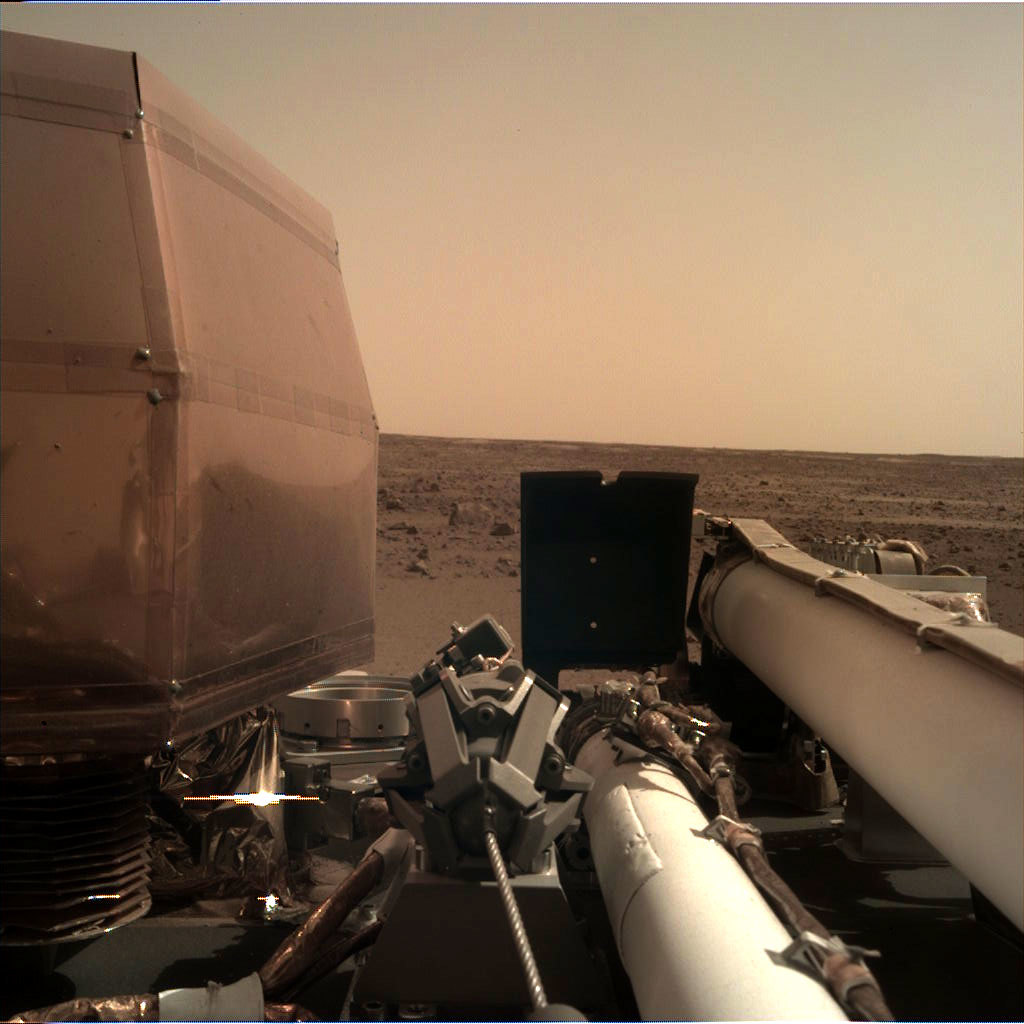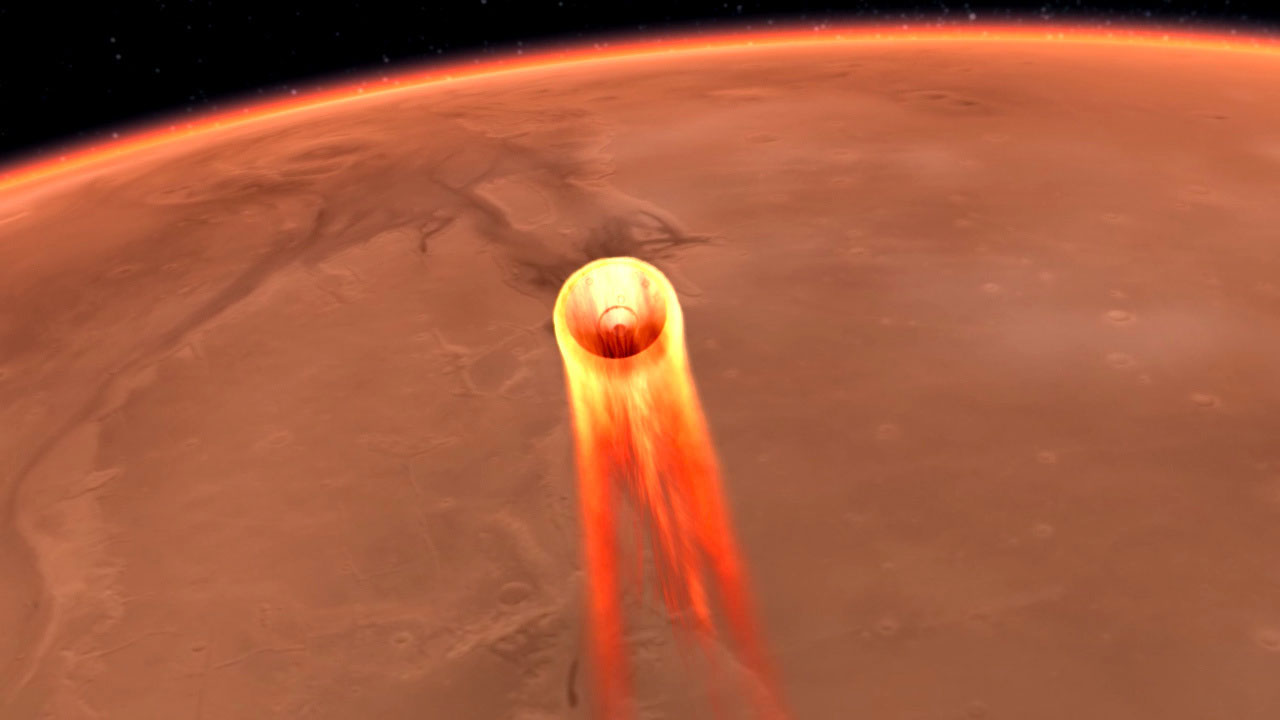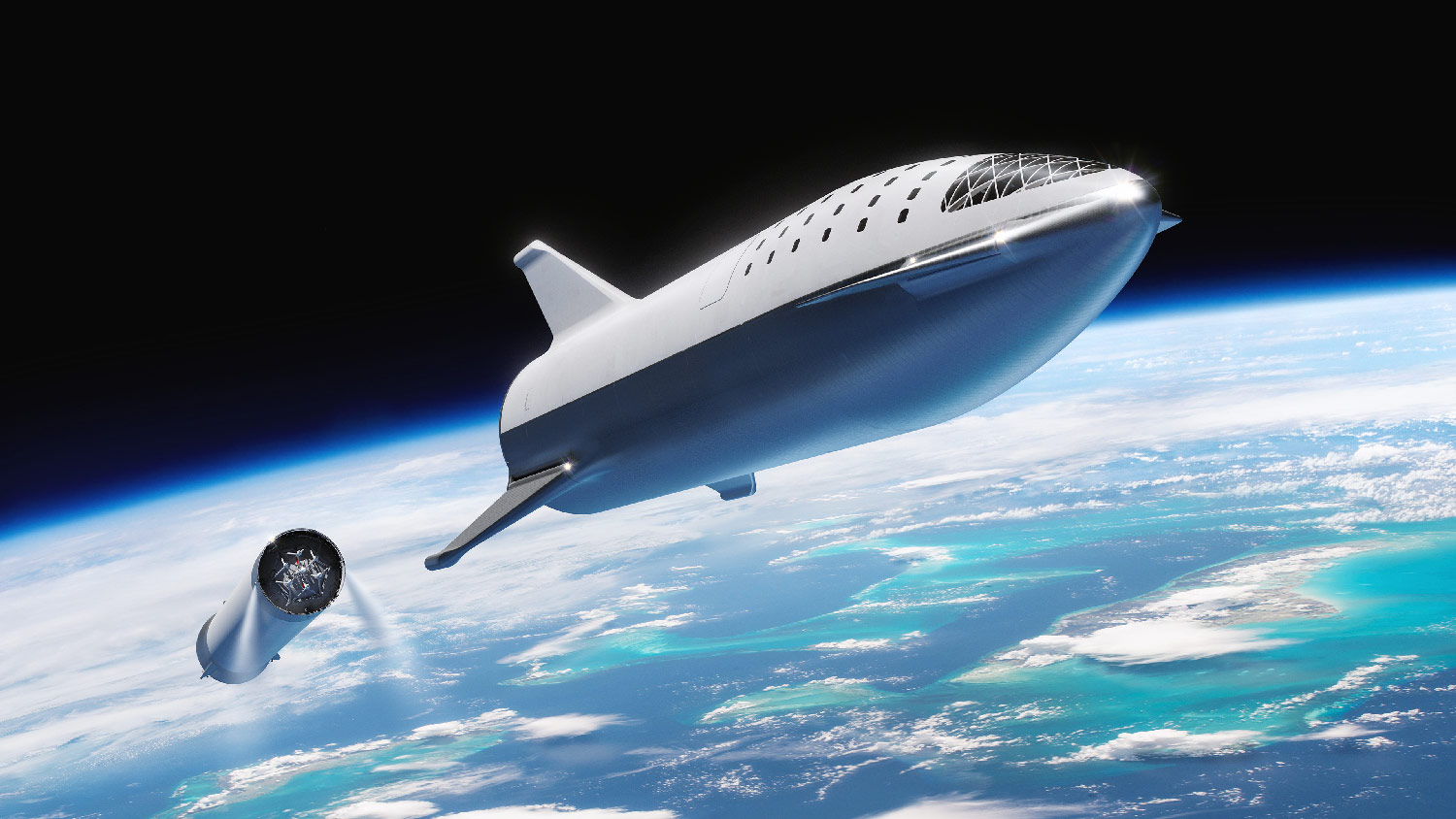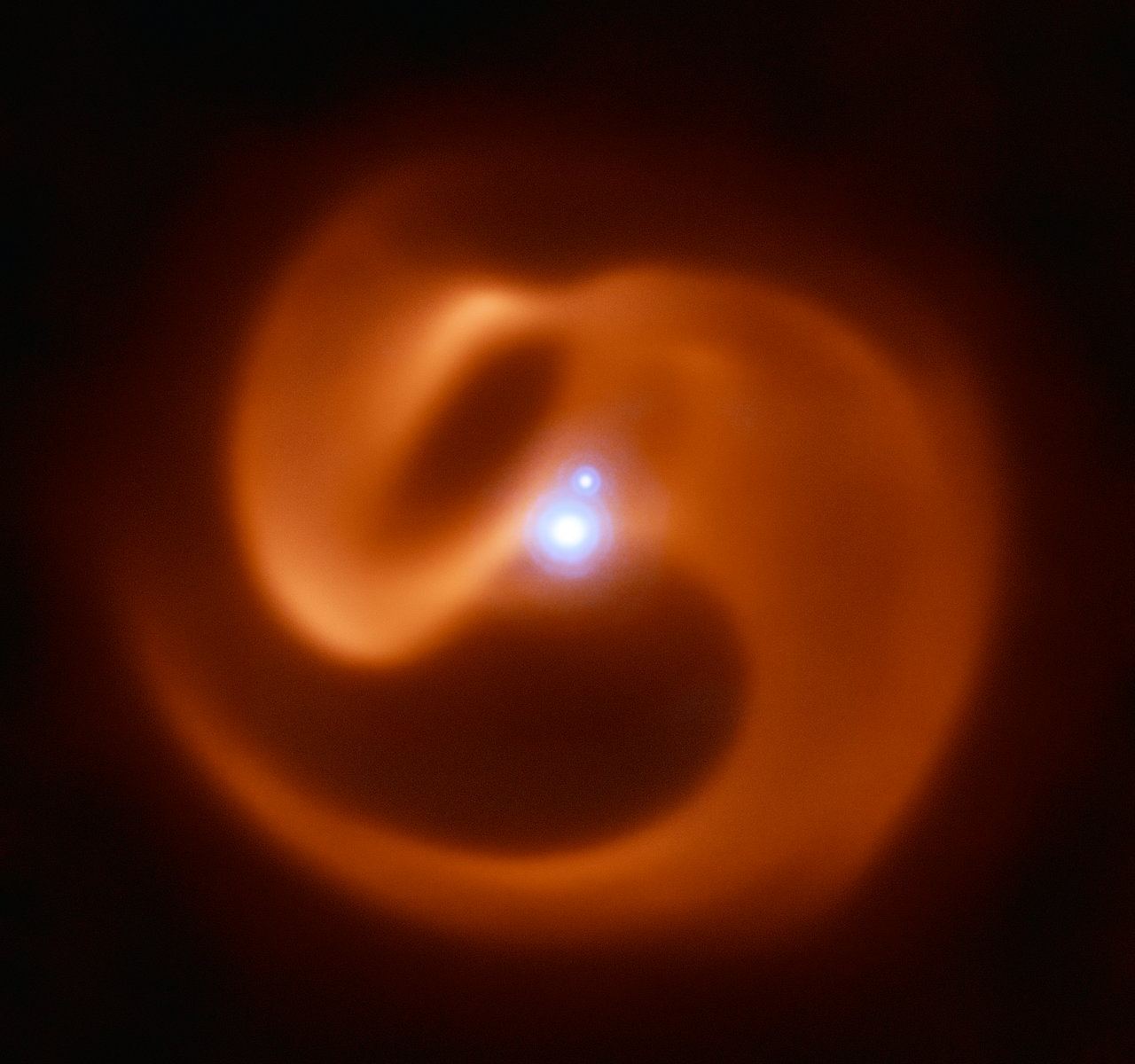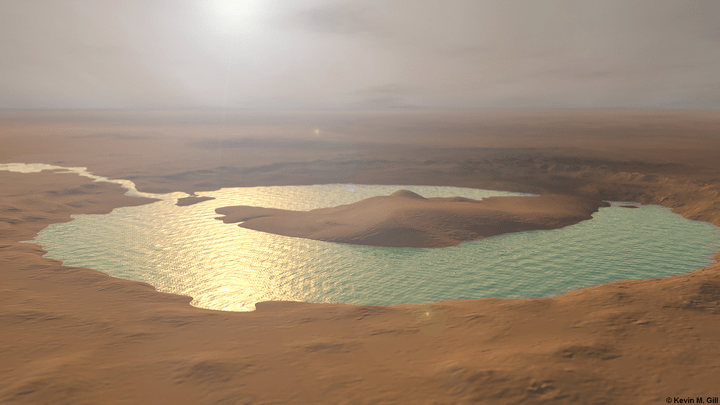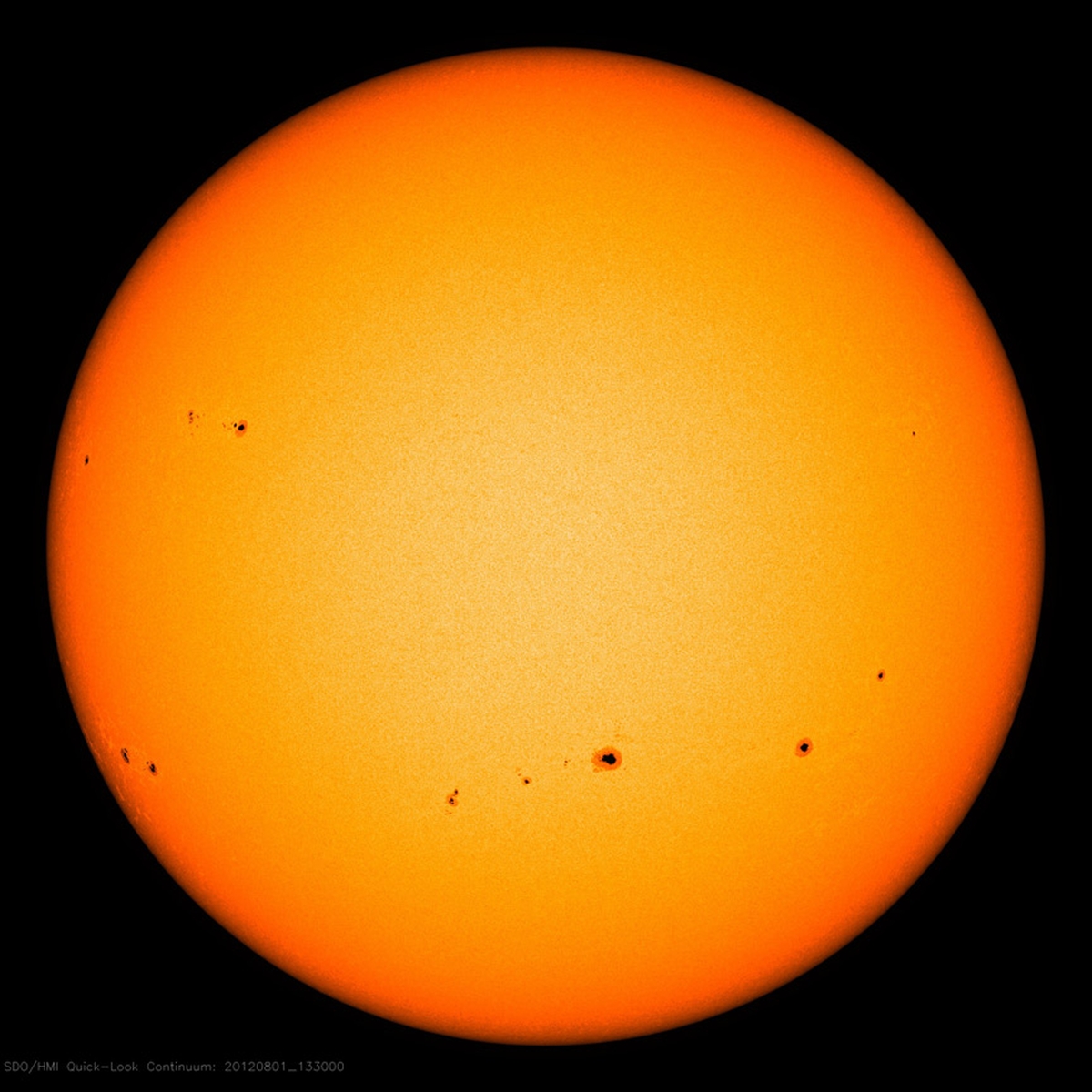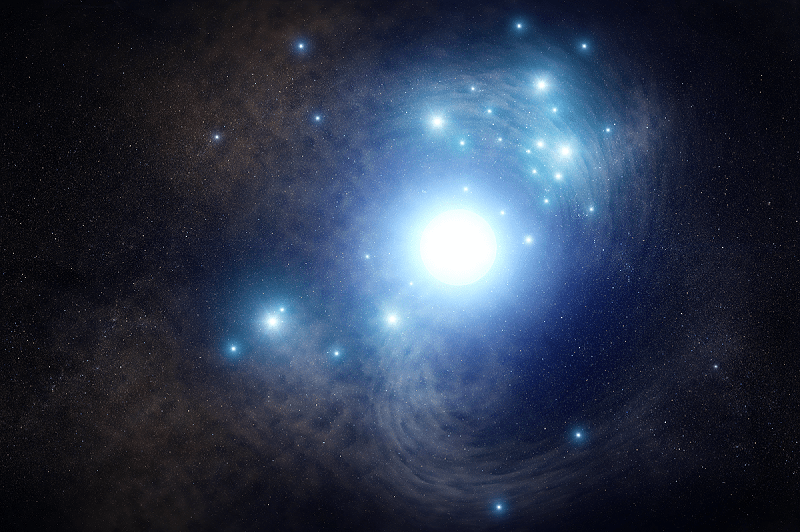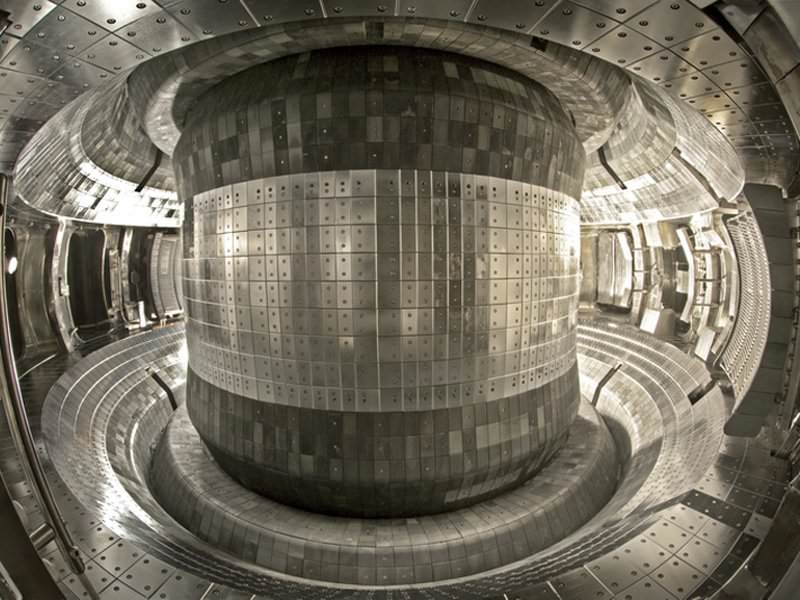Yesterday, NASA’s Interior Exploration using Seismic Investigations, Geodesy and Heat Transport (InSight) lander reached Mars after a seven months journey. NASA broadcast the landing live, showing the mission control team eagerly watching as the spacecraft entered the Martian atmosphere and began the nail-biting entry, descent and landing (EDL) process.
At exactly 11:52:29 am PST (2:52:59 pm EST) mission controllers received a signal via the Mars Cube One (MarCO) satellites that the lander had successfully touched down. About a minute later, InSight began to conduct surface operations, which involved the deployment of its solar arrays and prepping its instruments for research.
Continue reading “InSight Deploys its Solar Cells, Prepared for Surface Operations on Mars!”

